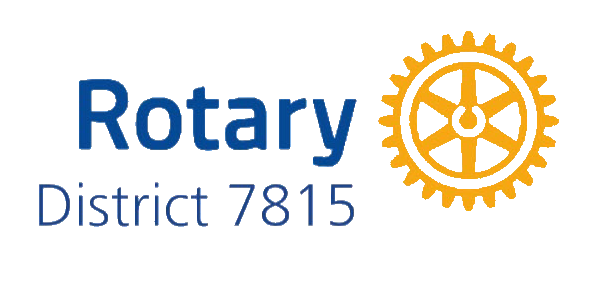
Rotary International released their official 2019-29 membership numbers on August 15 – these numbers are used for club invoices. We’ve had an opportunity to analyze these for our District and have a few important highlights to share...
Rotary International released their official 2019-29 membership numbers on August 15 – these numbers are used for club invoices. We’ve had an opportunity to analyze these for our District and have a few important highlights to share.
Rotary Year July 1 | District Membership |
2016 | 1,569 |
2017 | 1,520 |
2018 | 1,522 |
2019 | 1,465 |
While these numbers might seem discouraging, we are not unique. Trends are similar across North America. However, some districts are growing.
We’ve analyzed our district’s data in some detail. Between 2016 and 2019:
- 12 clubs increased their membership by 2 persons or more
- 14 clubs have membership that is stable (up or down one member, or no change)
- 20 clubs have lost 2 members or more
In other words, the numbers are positive for the majority of clubs which have remained stable or grown. However, we have a small number of clubs whose membership loss should be of particular concern to their leadership. Indeed, these few clubs account almost entirely for the membership loss reported above.
So, why are some clubs doing particularly well with growing or maintaining stability in membership? We can identify three critical reasons. These clubs all tend to have:
- A strong and committed leadership team with a determined focus
- Solid systems of governance and accountability
- Strong connections with their community accompanied by a strong public image
It will be no surprise that clubs doing less well tend to have:
- One foot stuck in their history and a reluctance to let go of traditions that are not attractive to new members
- Less robust governance, leadership and accountability
- A hard time connecting with and engaging new members
The chart above shows that we have 104 fewer members starting this Rotary year than we did in 2016. However, this is the NET change. We are quite good at bringing new people to our clubs – we actually gained 364 new members since 2016, but we lost 465 others. That’s a lot of former Rotarians who were once interested in our clubs. Some of these people are no longer in your community – but the majority likely are! And many will still have an interest in Rotary. Our challenge to you is to find innovative new ways to re-engage these people in the task of re-creating Rotary for tomorrow. Ask us about Passport Clubs that might suit these people. And remember, most people who leave clubs do so within the first two years of joining – so pay attention to engagement of members – and at the same time, keep your eye on attraction of new members as research suggests that clubs need to add 15% of their starting number annually to keep their membership stable.
If you are interested in more detailed information about your club, District Membership Chair Gosse will be more than happy to share this information with you. Assistant Zone Coordinator Doug Logan is also available to help clubs. Trivia question – which of the three points listed above that characterize clubs that have stable or growing membership could your club work on?
